Why does my Panasonic Air Conditioner's outdoor unit emit water or steam?
- EericawilsonAug 14, 2025
The emission of water or steam from the outdoor unit of your Panasonic Air Conditioner is due to condensation or evaporation occurring on the pipes.
Why does my Panasonic Air Conditioner's outdoor unit emit water or steam?
The emission of water or steam from the outdoor unit of your Panasonic Air Conditioner is due to condensation or evaporation occurring on the pipes.
Why is there dust around my Panasonic CS-VU9SKQ?
The dust accumulation is due to the air purification effect of negative ions from nanoe-G. You can remove the dust regularly with a clean dampened cloth.
Why does my Panasonic CS-VU9SKQ make cracking sounds?
The cracking sound you hear during operation is due to changes in temperature that cause the expansion and contraction of the unit.
Why does the POWER indicator blink on my Panasonic Air Conditioner before I turn it on?
The blinking POWER indicator is a preliminary step in preparation for operation when the ON timer has been set.
Why is my Panasonic CS-VU9SKQ delayed when restarting?
The delay you experience when restarting your Panasonic Air Conditioner is a protection mechanism for the unit’s compressor.
Why does my Panasonic CS-VU9SKQ Air Conditioner make a water flowing sound?
The water flowing sound you hear during operation is due to the refrigerant flow inside the unit.
Why does my Panasonic CS-VU9SKQ have a peculiar odor?
The peculiar odor may be due to a damp smell emitted by the wall, carpet, furniture, or clothing in the room.
Why does the indoor fan stop occasionally on my Panasonic Air Conditioner?
The indoor fan stops occasionally during automatic fan speed setting to help remove the surrounding odour.
Steps for basic operation of the air conditioner.
Explains warning and caution symbols and their meanings.
Important safety guidelines for operating indoor and outdoor units.
Guidelines for safe electrical connection and use.
Safety measures when handling R32 refrigerant.
Safety procedures for installation and servicing of R32 refrigerant systems.
Ensuring fire safety and adequate ventilation during operation.
Safety checks and procedures for electrical components.
Precautions for repairing sealed components.
Methods and precautions for detecting refrigerant leaks.
Safe procedures for removing and evacuating refrigerant.
Steps for safely decommissioning the air conditioner unit.
Guidelines for safe and effective refrigerant recovery.
How to retrieve error codes via the remote control.
Steps for basic operation of the air conditioner.
Explains warning and caution symbols and their meanings.
Important safety guidelines for operating indoor and outdoor units.
Guidelines for safe electrical connection and use.
Safety measures when handling R32 refrigerant.
Safety procedures for installation and servicing of R32 refrigerant systems.
Ensuring fire safety and adequate ventilation during operation.
Safety checks and procedures for electrical components.
Precautions for repairing sealed components.
Methods and precautions for detecting refrigerant leaks.
Safe procedures for removing and evacuating refrigerant.
Steps for safely decommissioning the air conditioner unit.
Guidelines for safe and effective refrigerant recovery.
How to retrieve error codes via the remote control.
| Brand | Panasonic |
|---|---|
| Model | CS-VU9SKQ |
| Category | Air Conditioner |
| Language | English |

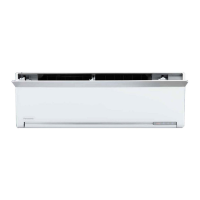

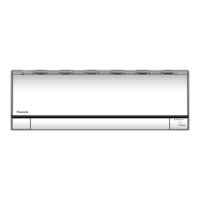
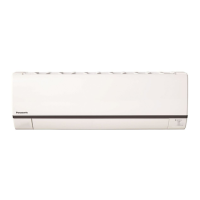



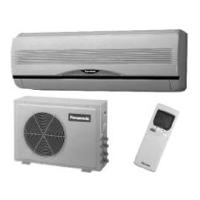
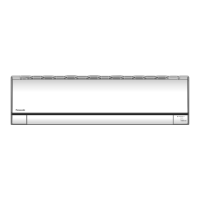
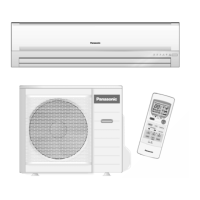

